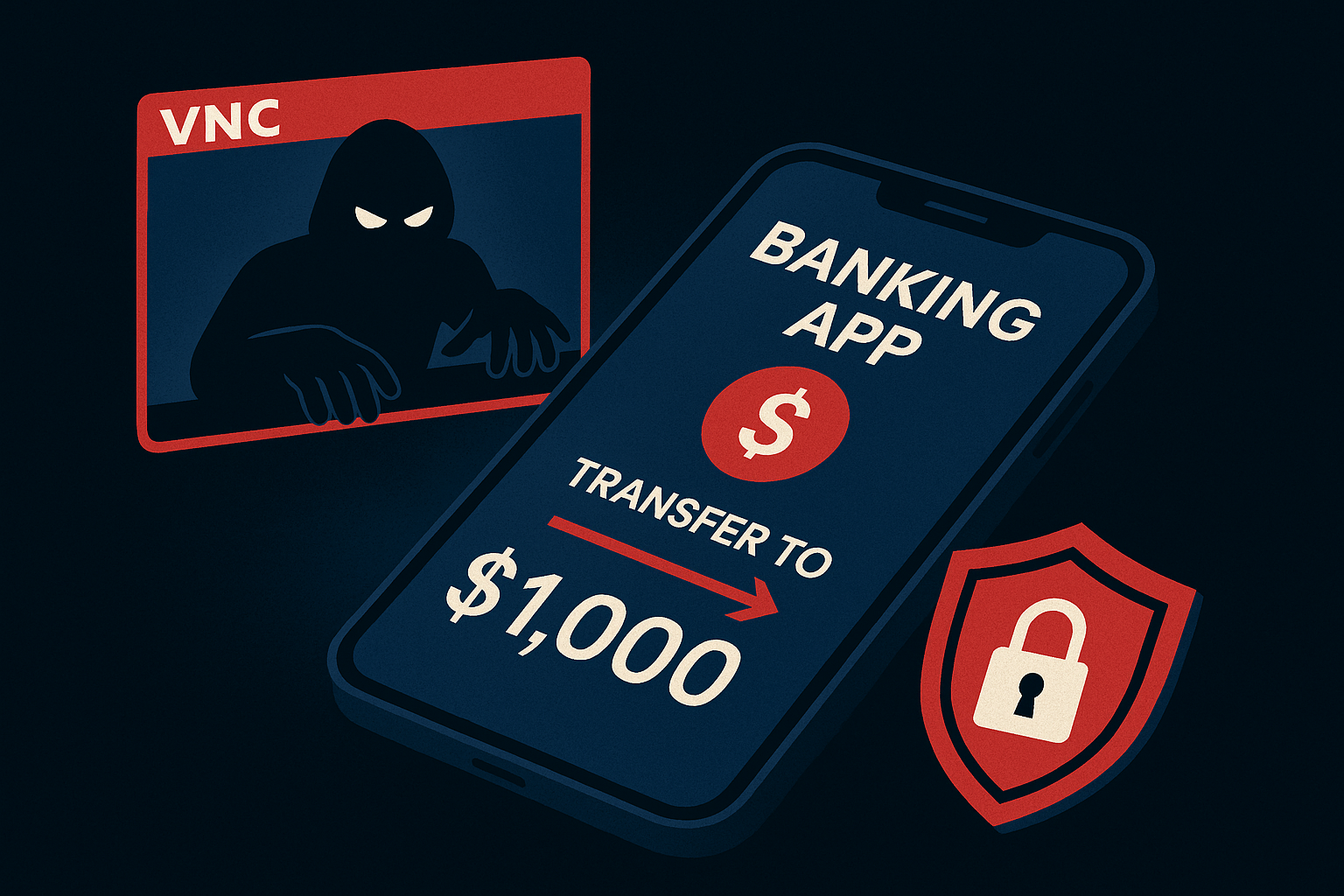

In today’s digital landscape, where cyber threats loom large, organizations are increasingly recognizing the critical importance of securing privileged accounts and access. Privileged User Management (PUM) and Privileged Access Management (PAM) are two methodologies designed to address this need. While often used interchangeably, they serve distinct purposes in safeguarding sensitive assets and mitigating data risks. In this article, we’ll delve into the differences between PUM and PAM, their respective functionalities, and their roles in bolstering cybersecurity.
Privileged User Management (PUM) primarily focuses on managing the users who have elevated permissions within an organization’s network or systems. These privileged users typically include system administrators, IT personnel, and other individuals with administrative rights. The core objective of PUM is to ensure that these privileged users adhere to security protocols, access only the resources necessary for their roles, and minimize the risk of unauthorized access or misuse of privileges.
Privileged Access Management (PAM) encompasses a broader set of capabilities aimed at securing and controlling access to privileged accounts, systems, and data across an organization’s entire IT infrastructure. Unlike PUM, which primarily focuses on managing privileged users, PAM solutions address the holistic management of privileged access, including automated workflows, session isolation, and comprehensive visibility into privileged activities.
In summary, while Privileged User Management (PUM) and Privileged Access Management (PAM) share common objectives in securing privileged accounts and access, they differ in scope and functionality. PUM focuses on managing privileged users and enforcing access controls at the user level, whereas PAM encompasses a broader set of capabilities, including credential vaulting, session isolation, and just-in-time access. By implementing a comprehensive PAM solution alongside PUM practices, organizations can strengthen their cybersecurity posture, mitigate insider threats, and safeguard critical assets from unauthorized access and malicious activities.
Sources:
Ekran: Privileged User Management vs Privileged Access Management: What’s the Difference?
Discover and share the latest cybersecurity trends, tips and best practices – alongside new threats to watch out for.

In cybersecurity, not all attacks happen through fancy malware or zero-day exploits. Some of the most effective...
Read more
The rapid rise of generative AI has unlocked enormous promise, but it’s also accelerating the arms race in...
Read more
Newly discovered Android banking Remote Access Trojan (RAT), dubbed Klopatra, has compromised more than 3,000...
Read moreGet sharper eyes on human risks, with the positive approach that beats traditional phish testing.
